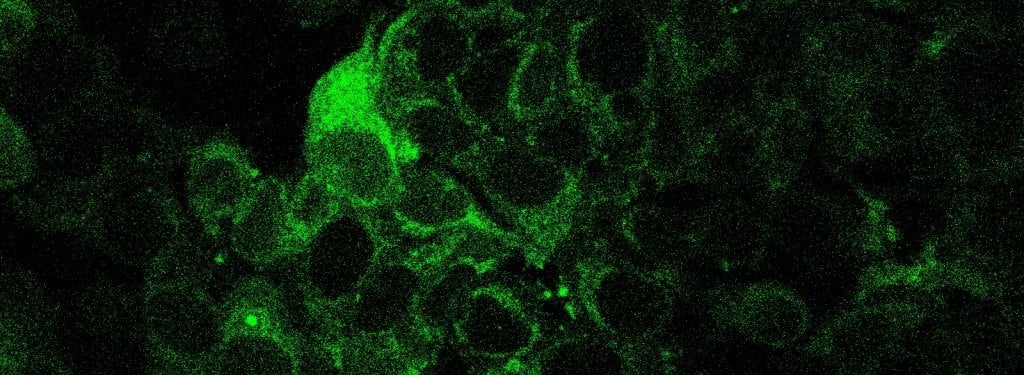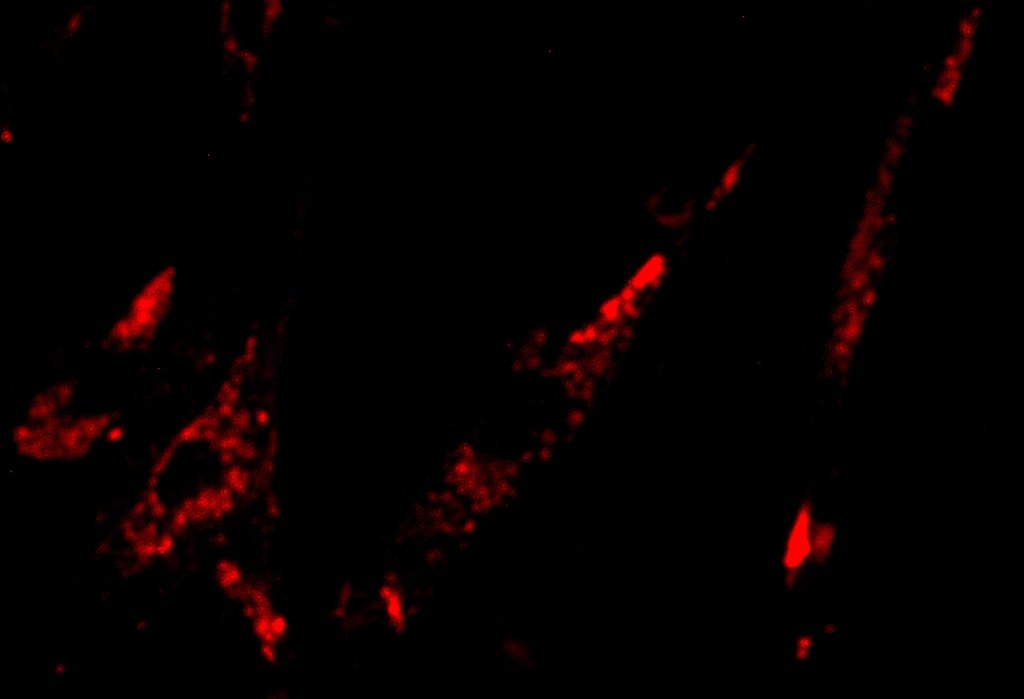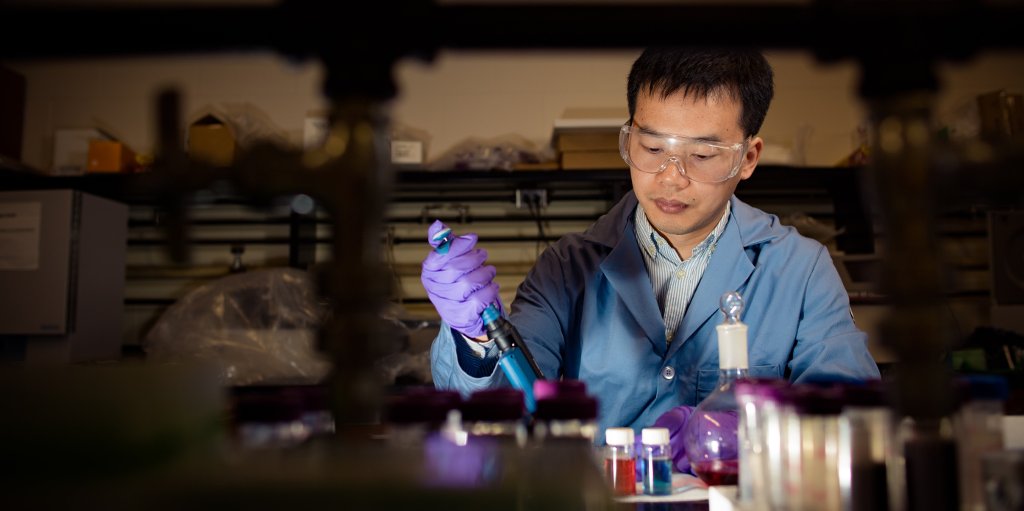Ebenezer Tumban's next-generation vaccine research could be the HPV "power off" we've been searching for.
Undergoing a Pap smear—a simple test to detect cervical cancer—is a regular health habit for most American women. But in many other parts of the world (and some under-served populations in this country), women lack access to cervical cancer screening and treatment. As a result, some 275,000 women—80 percent of them in developing countries—die each year from the disease, which is caused by the sexually-transmitted human papillomavirus (HPV).
The development of effective HPV vaccines in the past decade ushered in a new approach to preventing cervical cancer, as well as genital warts and other cancers caused by HPV, but current HPV vaccines have limitations. They don't work on all cancer-causing HPV types; they're expensive, at $390 for the three required doses; and they need refrigeration, complicating transport to developing countries.

That's why researchers like Michigan Tech Molecular Virologist Ebenezer Tumban are working on next-generation vaccines that would offer broader coverage and perhaps even treat, as well as prevent, HPV infection.
Like first-generation vaccines, Tumban's are composed of virus-like particles (VLPs), hollow shells that mimic viruses but can't infect because they contain no genetic material. Current vaccines have shells of L1 HPV proteins, which are not identical in all HPV types. To protect against many cancer-causing HPVs, those vaccines must contain individual L1 variants for each HPV type.
Tumban uses hollow shells from bacteria-infecting viruses, decorated with "look-alike" proteins from cancer-causing HPV types. These proteins trick the immune system into producing antibodies that defend against infection with real HPV types. The protein he uses, L2, contains sections that match many HPV types, so no need for individual variants.
In experiments with mice, Tumban and collaborators at the University of New Mexico, where he received his postdoctoral training, showed that a vaccine containing a single L2 protein from HPV 16 protected against infection with about a dozen different HPV types.
"It's like using a single universal remote to control several TVs. We're using a single protein to target many viruses that have the same amino acid sequence."
Current vaccines protect against the two forms of HPV that cause 70 percent of cervical cancers, with little cross-protection against other HPV types. One vaccine also targets two forms that cause genital warts. Another vaccine is effective against nine HPV types. Tumban's vaccine could be a step forward, but he'd like to make that a giant stride by broadening the vaccine's protection to all 18 HPV types linked to cancer.
Tumban also is addressing other shortcomings of existing vaccines. He and collaborators at the University of New Mexico School of Medicine have converted the L2 vaccine to a formulation that can be stored at room temperature for up to a month. Now they're trying to extend that time. In addition, he and colleagues are working toward a lower-cost, single-dose HPV vaccine.
500,000 papillomaviruses equal the size of an average raindrop.
The final step: creating a vaccine that would combat existing HPV infections as well as prevent new ones. Tumban is seeking funding to use his vaccine-producing techniques to that end.
Michigan Technological University is a public research university founded in 1885 in Houghton, Michigan, and is home to more than 7,000 students from 55 countries around the world. Consistently ranked among the best universities in the country for return on investment, Michigan’s flagship technological university offers more than 120 undergraduate and graduate degree programs in science and technology, engineering, computing, forestry, business and economics, health professions, humanities, mathematics, social sciences, and the arts. The rural campus is situated just miles from Lake Superior in Michigan's Upper Peninsula, offering year-round opportunities for outdoor adventure.




